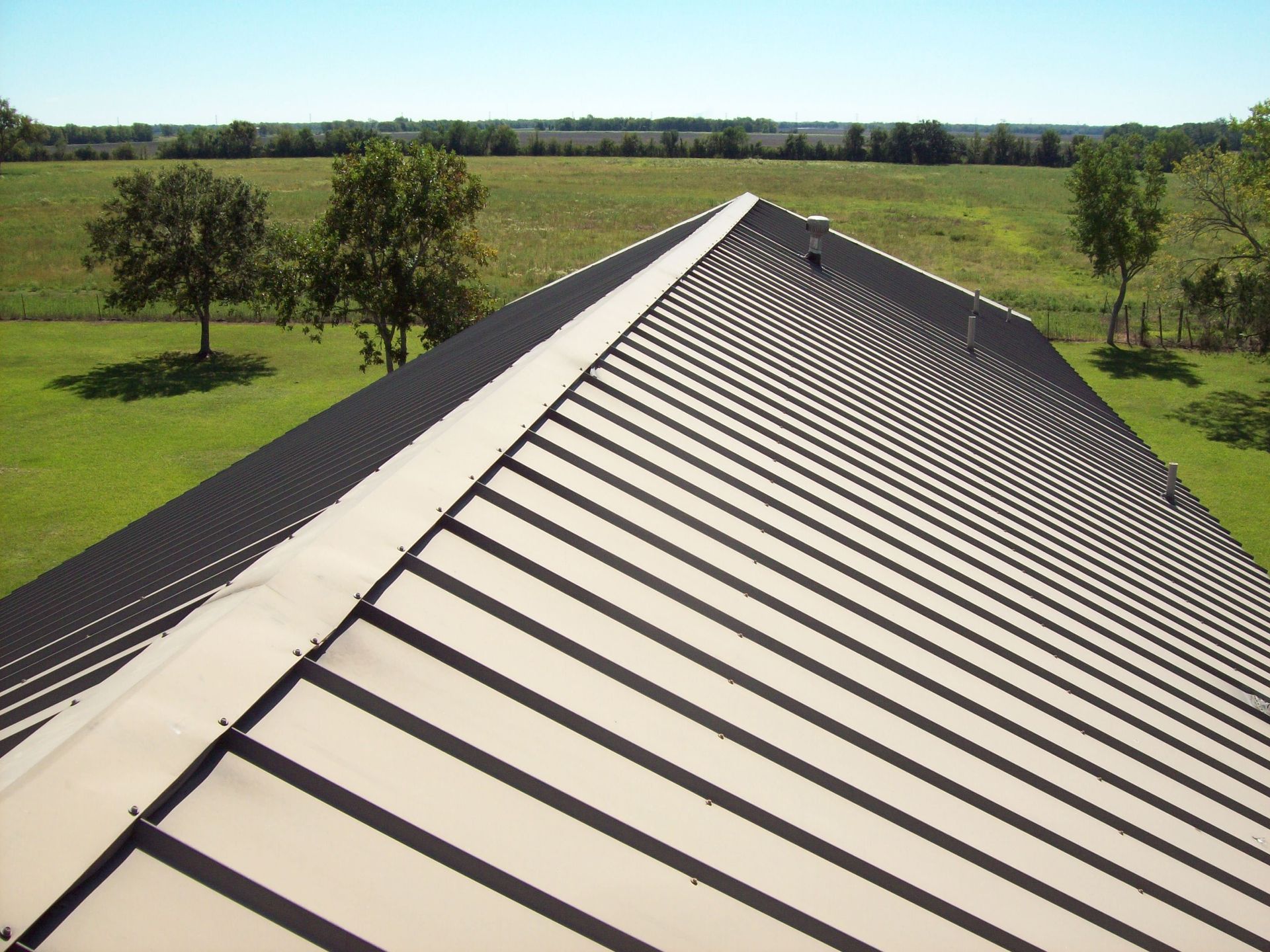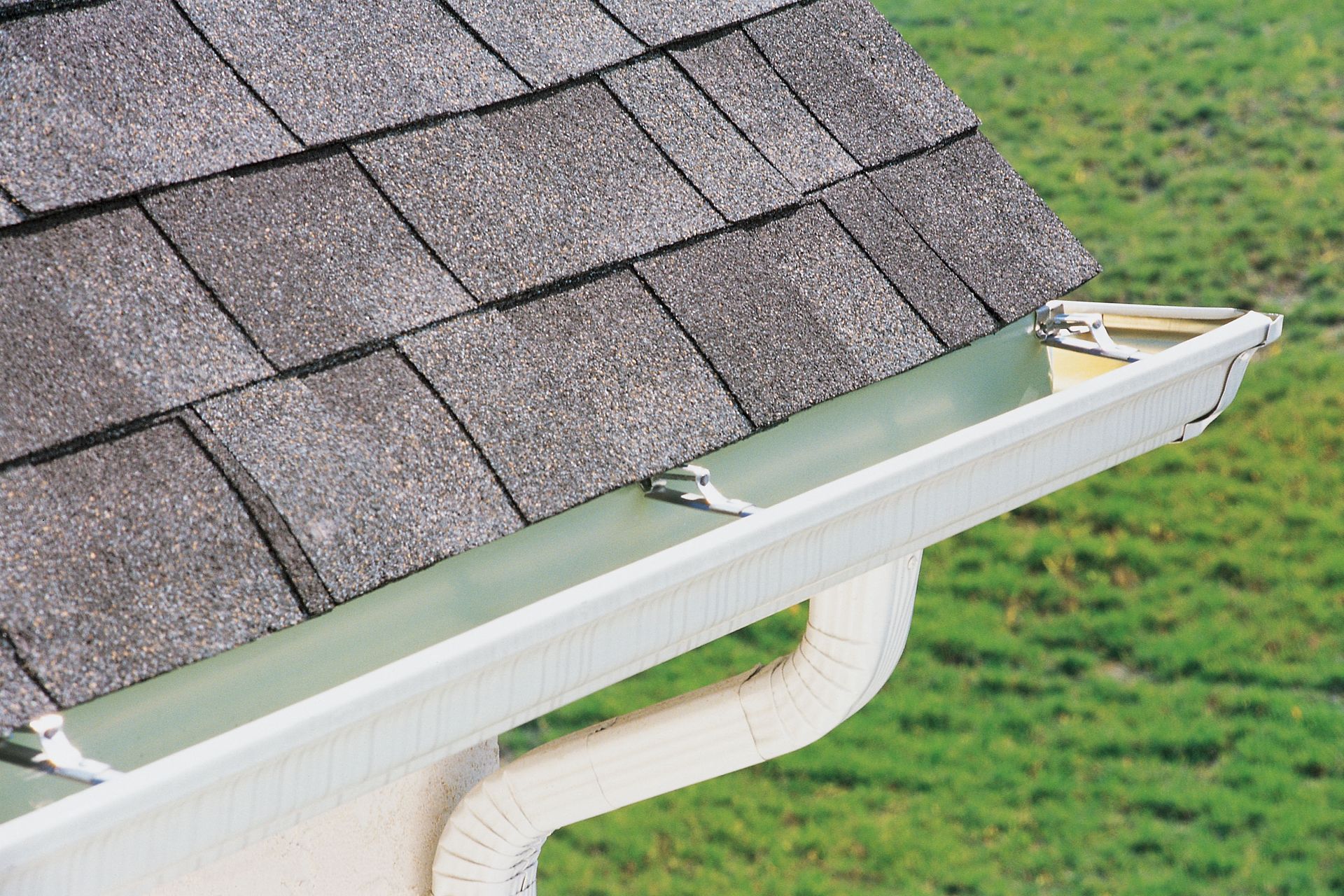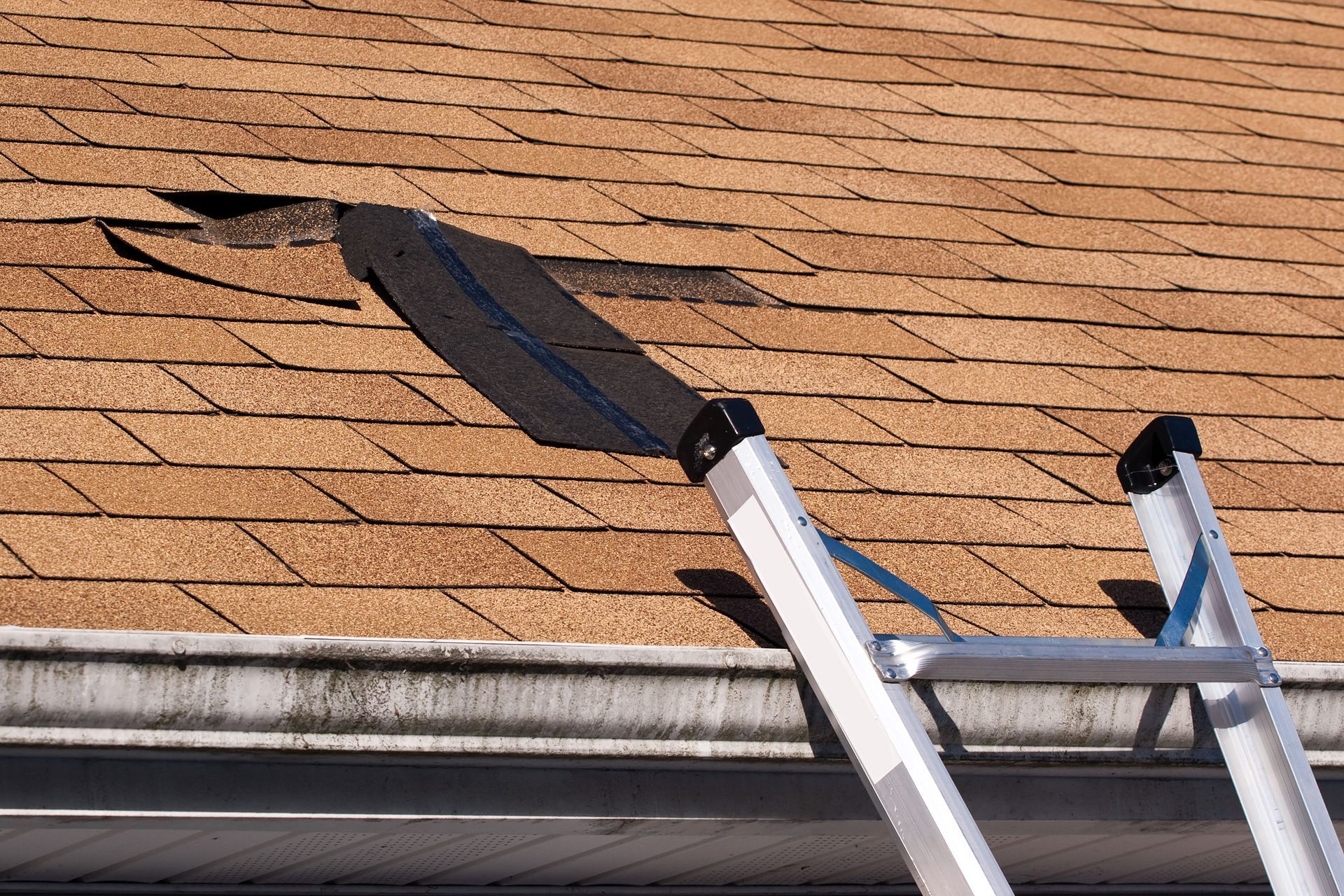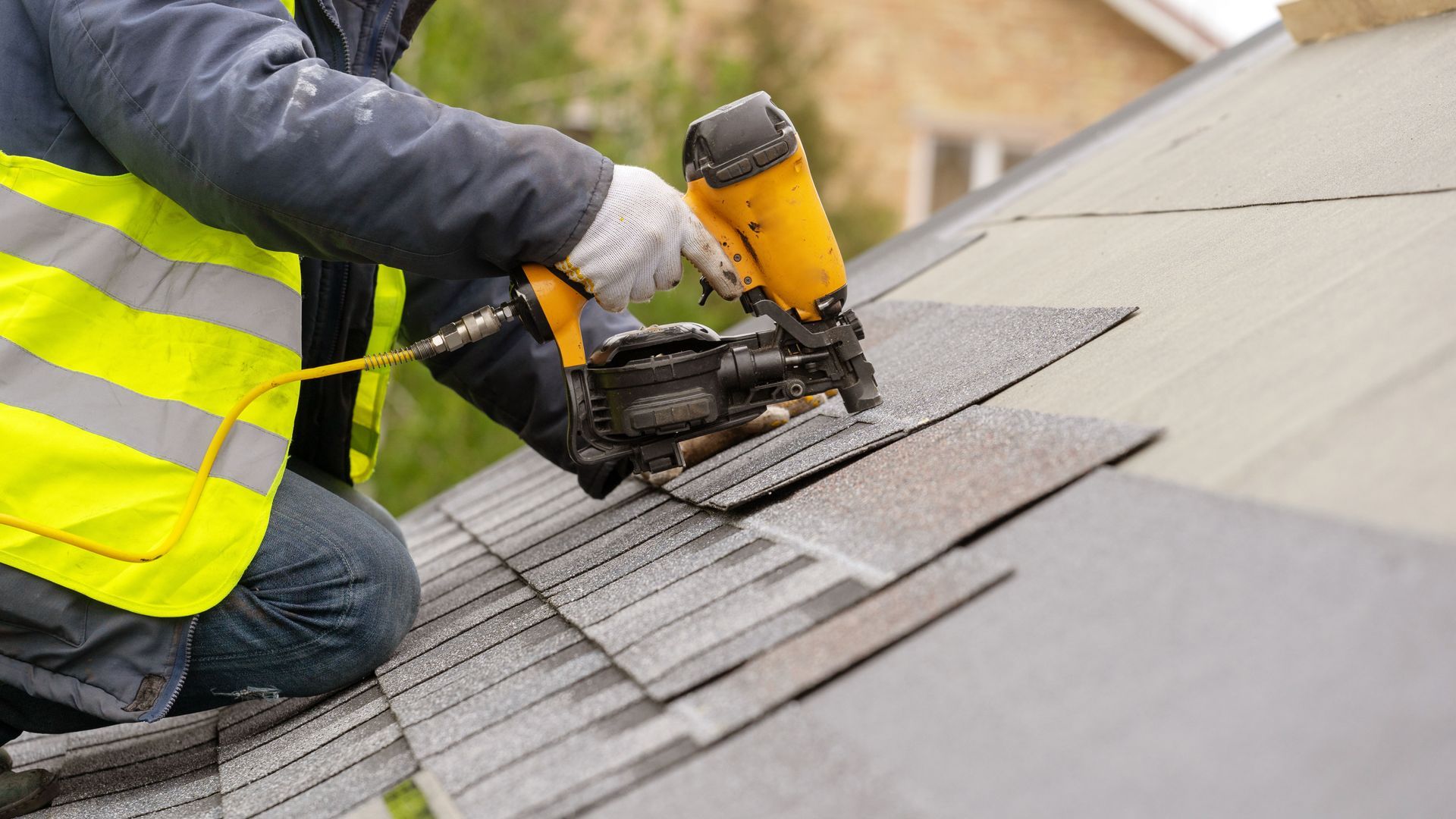The Best Materials to Use in a Residential Roofing Project
This article explores some of the various materials available for residential roofing, considering factors such as durability, cost, environmental impact, and aesthetic appeal. Roofing is not just about providing protection; it also plays a significant role in the overall appearance and resale value of a property. With advancements in technology and growing environmental awareness, homeowners now have multiple options to choose from. Each roofing material offers unique benefits and drawbacks, making it essential to understand their characteristics before making a choice.
Asphalt Shingles
Asphalt shingles are renowned for their durability, with a typical lifespan of years, depending on the quality of the shingles and local weather conditions. These shingles are made with a fiberglass base mat coated with asphalt and mineral granules, offering adequate protection against the elements. It's noteworthy that, according to This Old House, 83% of roofing contractors listed steep-slope asphalt shingles as their primary source of revenue in the U.S. as of 2023, highlighting their widespread acceptance. The regular maintenance of asphalt shingles can further ensure they provide reliable service over their expected lifespan.
Asphalt shingles are one of the most budget-friendly choices in residential roofing, making them highly popular among cost-conscious homeowners. Their affordability doesn’t come at the expense of quality, as manufacturers produce a wide range of options designed to meet different needs and preferences. These products allow homeowners to balance price and performance, creating flexibility for varying budgets. On top of that, installation costs are generally lower than those of other roofing materials, adding to their overall value.
The versatility of asphalt shingles in styles and colors is a significant draw for homeowners. Available in a range of textures, shapes, and hues, these shingles can match virtually any architectural style. From traditional to contemporary homes, there are options to suit every taste. Manufacturers offer various design options, including three-tab, dimensional, or luxury shingles, each providing different levels of aesthetic appeal and performance.
Metal Roofing
Metal has become a leading option in residential roofing because of its exceptional durability and ability to withstand extreme weather conditions. Popular choices like aluminum, steel, and copper offer long-lasting performance while maintaining strength and resilience. Unlike many other materials, metal roofs resist hail, high winds, and fire, giving homeowners reliable protection. They’re also highly energy-efficient, reflecting solar heat and helping reduce cooling expenses in hot climates.
The types of metals used in roofing vary, each adding distinct benefits to roofing systems. Steel is the most common due to its strength and rust prevention when coated with zinc or paint. Aluminum is lightweight and resistant to corrosion, making it ideal for coastal environments. Copper, while more expensive, offers exceptional durability and develops a desirable patina over time, adding aesthetic appeal.
While the initial cost of metal roofing can be higher compared to other materials, its longevity often justifies the investment. Metal roofs typically last two to three times longer than traditional asphalt shingles, providing long-term savings on replacements. The cost-benefit ratio should be considered by factoring in the reduced maintenance expenses and the potential energy savings due to its reflective properties. Over time, the durability and efficiency of metal roofing can outweigh the upfront costs, making it a cost-effective choice for many homeowners.
Wood Shingles and Shakes
Wood shingles and shakes are a timeless option in residential roofing, typically crafted from cedar, redwood, or pine, each bringing unique benefits. Cedar is especially valued for its durability and natural resistance to decay, making it ideal in wetter environments. Redwood stands out for its striking color and dependable strength, while pine appeals to homeowners seeking a more affordable material. All three woods contain natural resins that help guard against moisture and insect damage, contributing to their long-lasting appeal.
The appeal of wood shingles and shakes lies in their natural, rustic appearance, which can enhance the character and charm of a home. Unlike more uniform roofing materials, wood offers a variation in color and texture that adds depth and uniqueness to roofs. The aging process further enhances their appearance as they develop a weathered patina that many homeowners find attractive. Such aesthetic qualities make them a popular choice for those wishing to maintain historical integrity or add warmth to modern designs.
Unlike more maintenance-free options such as metal or asphalt, wood shingles and shakes require regular upkeep to protect their longevity. Routine maintenance includes cleaning debris, applying treatments against moisture and pests, and periodically inspecting for damage or wear. While requiring more effort, these measures help prevent mold, mildew, and deterioration brought by exposure to weather. Selecting a high-quality wood and protecting it with preservative treatments can significantly extend its lifespan.
Synthetic Roofing Materials
Synthetic roofing materials, including plastic, rubber, and polymer-based products, are engineered to mimic conventional options such as slate, wood, and tile. These materials combine the aesthetic appeal of natural roofing products with the benefits of modern manufacturing techniques. Synthetic options often boast improved durability, lighter weight, and resilience compared to their natural counterparts. Additionally, they often come with excellent warranties, assuring homeowners of their long-term performance.
The cost of synthetic roofing materials can vary, largely based on the type and quality of the material chosen. However, they generally offer a cost-effective alternative to more expensive natural materials without compromising on appearance or performance. Installation costs may be lower due to their lightweight nature, which can simplify the process and reduce structural support needs. Although the initial investment in synthetic roofing may be moderate, the reduced maintenance costs and longevity provide long-term financial benefits.
Synthetic roofing materials often come with several eco-friendly benefits. Many are manufactured from recycled materials, contributing positively to waste reduction and environmental sustainability. Additionally, synthetic roofs tend to be energy efficient, providing excellent insulation properties that help reduce energy consumption for heating and cooling. Their long lifespan further reduces environmental impact by decreasing the frequency of roof replacements and related waste.
Slate Roofing
Slate has long been a premium choice in residential roofing, valued for its timeless beauty and natural elegance. This dense stone not only delivers a striking visual appeal but also conveys a sense of prestige that many homeowners admire. With its wide range of textures and colors, slate complements diverse architectural styles while elevating a property's overall aesthetic.
Slate roofs are acclaimed for their exceptional durability and ability to withstand harsh weather over long periods. With proper installation and maintenance, a slate roof can be one of the longest-lasting roofing materials available. It is highly resistant to fire, rot, and insect damage, providing reliable protection for generations. The investment in slate is often seen as paying dividends in terms of peace of mind and reduced maintenance costs over time.
Like clay and concrete tiles, slate is a relatively heavy roofing material, necessitating a robust structural foundation. Before installation, thorough inspection of the building's framework is required to ensure it can accommodate the slate's weight. Reinforcing the structure is often necessary, which adds to the initial cost and complexity of the project. Despite these challenges, the beauty and longevity of slate often justify the additional structural considerations.
Choosing the right material for residential roofing requires weighing factors such as cost, durability, and overall design preferences. Every option brings unique strengths and potential drawbacks, making it important to evaluate them carefully. By thoughtfully considering these elements, homeowners can make a choice that boosts both the value and long-term performance of their home. If you want to learn more about roofing options for your property, contact Kaptein Contracting.






Share On: